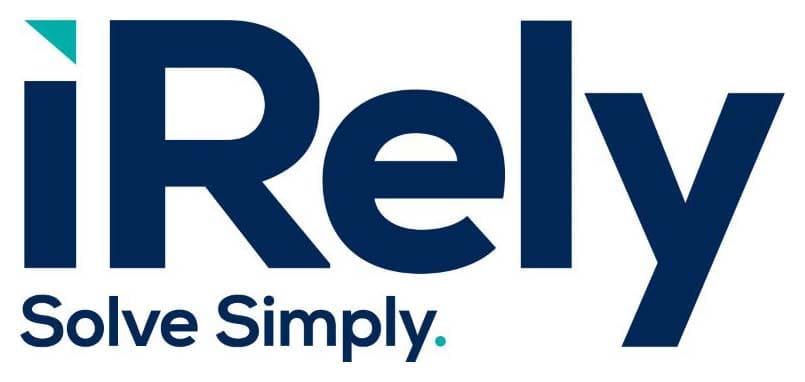Commodity procurement is challenging, with constantly evolving markets and volatile pricing. For food and beverage manufacturers, securing commodities can be particularly difficult because the ingredients often come from different geographies with different currencies, regulations, and pricing models.
For example, a cookie manufacturer doesn’t just need flour, sugar, milk, and eggs. Each cookie has a different list of ingredients, such as raisins, cocoa, nuts, or honey.
An estimated 40 to 60 percent of manufacturing costs are related to raw material costs, so procuring resources at the wrong price significantly impacts profits – and drives risk. Maintaining the right level of raw materials at the right price requires detailed, real-time analyses of budgeted spend, demand forecasts, and coverage – often for dozens or hundreds of products, multiple commodities, and numerous manufacturing plants in different locations.
There is lot of data to analyze, and it’s often located in separate systems throughout the organization. Many food and beverage manufacturers use spreadsheets to connect this data and manage commodity exposure and risk. The problem with spreadsheets is that manually aggregating and analyzing data is very time consuming and error prone, increasing risk – especially for companies with multiple products using many different commodities. Spreadsheets do not provide real-time visibility into coverage or the impact of market shifts on company portfolios.
Modern commodity management is the answer.
With a modern commodity management system, you gain all the functionality of a traditional CTRM system with additional supply chain functionality and visibility further into your supply chain. By automating business processes across the entire supply chain, efficiencies are gained and costs reduced. With real-time inventory, transportation and logistics management, commodity management is easier and more effective.
- Make better purchasing decisions: Use real-time visibility into commodity positions and availability and monitor markets in real time. Evaluate procurement opportunities faster and make smarter decisions.
- Lower exposure: Create real-time coverage and variance reports for real-time visibility into coverage. Address potential problems quickly.
- Improve risk management: Use real-time views of price risk and coverage for a complete view into risk. Always know the status of your business, including contracts, inventory, orders, and exposure.
- Collaborate more: Tie all information together – automatically – on one platform and create one single version of truth for the entire organization. Enable better collaboration with internal and external teams for faster decision making.
- Improve compliance: Create user-defined, real-time alerts for breaches. Know the moment a breach occurs and take immediate action.
- Better manage budgets: Tie commodity prices, price changes, and total trade costs to the GL for an accurate view of your financials in real time.
Commodity procurement can be challenging for food and beverage manufacturers, but real-time data and a modern commodity management platform can help reduce uncertainty and improve profit margins. If you take advantage of modern commodity management, you can ensure you always have the right materials at the best price, reducing risk and increasing profits.
Learn how one food manufacturer improved transformed business processes with iRely.
